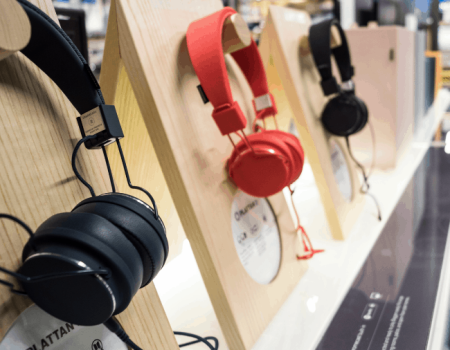Mind blowing stats: Why to fear the global marketplaces
Marketplace sales accounted for 57% of global online retail sales in 2019. In total, consumers spent almost 2 trillion (!!!) U.S. dollars on the top 100 marketplaces last year.
Marketplaces have become extremely popular for online shopping, attracting consumers with a large variety of products, low prices and beneficial loyalty programmes like Amazon Prime.
5 mind blowing stats for you
• In 2019, consumers spent 1.97 trillion U.S. dollars on the world’s top 100 marketplaces.
• That number accounts for 95% of the total sales on all marketplaces.
• In total, marketplace sales accounted for 57% of global online retail sales in 2019.
• The gross merchandise value grew 18% for the top 100 marketplaces in 2019.
• 60 of the top 100 marketplaces are from the U.S., 17 are from Asia, 15 from Europe, 4 from Latin America, and 4 from Middle/East Africa.
The numbers underline what we already know: marketplaces, and especially Amazon, will be stealing a lot of sales from Scandinavian retailers in the future. Especially the retailers who still don’t understand the level of convenience, ease of use, and service that consumers expect. They will have a hard time in the coming years.
Marketplaces of all sorts seeing the light
To most people, online marketplaces kind of sell everything.
But actually, new and more thematic or specialised marketplaces are seeing the light every year.
For instance, GAME Marketplace, that sells products for gaming, media, computer hardware etc., has over 4 million active users and they are experiencing a 250% year-on-year growth in sales.
Despite being relatively new, they are processing over 12,000 orders each month from more than 250 retailers.
Another example is Folksy, who specialise in handmade goods and craft supplies.
Despite this trend, most marketplaces like Amazon, Bol.com (the most popular marketplace in Holland), or Cdiscount in France offer a wide range of products and categories.





